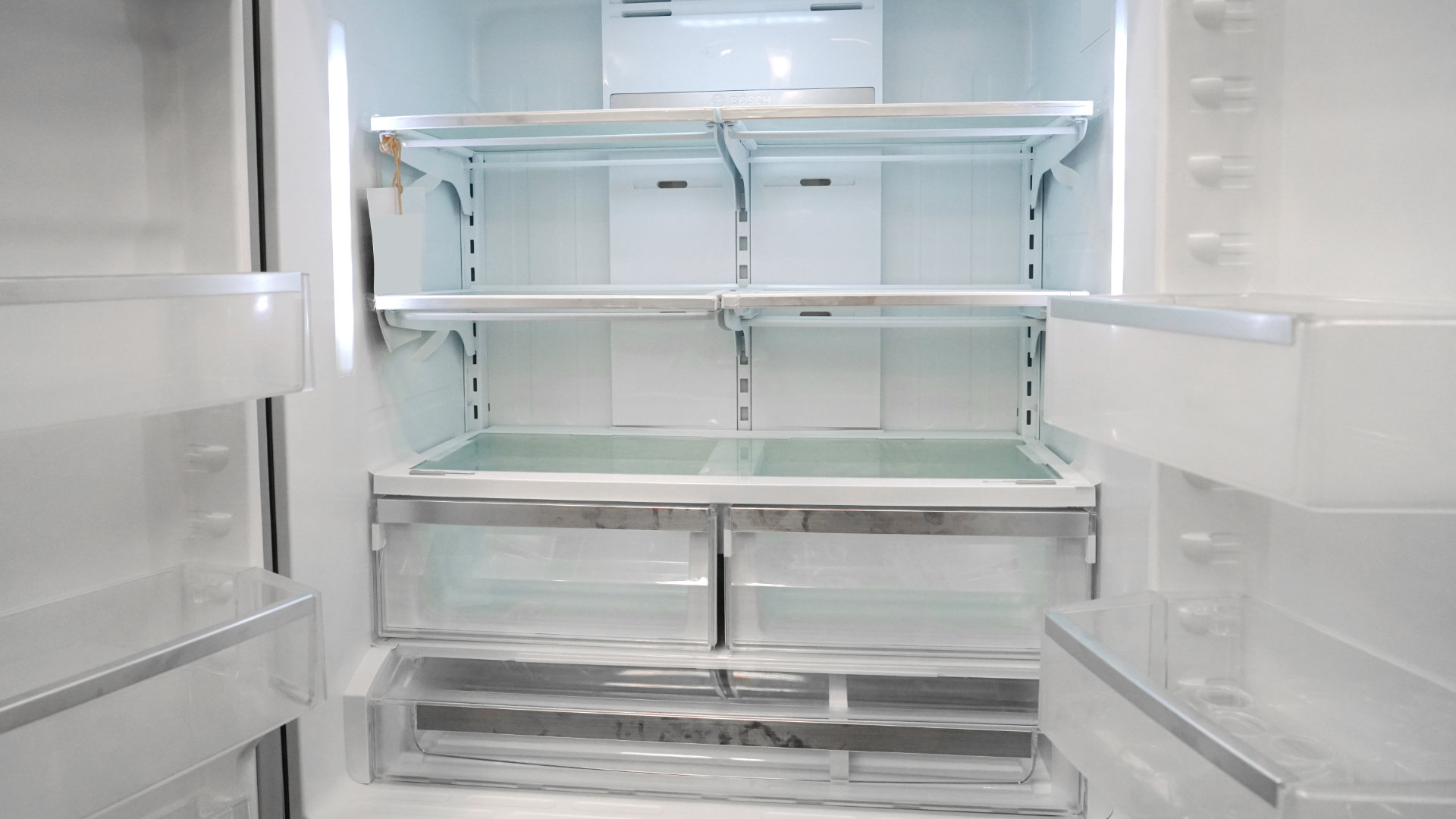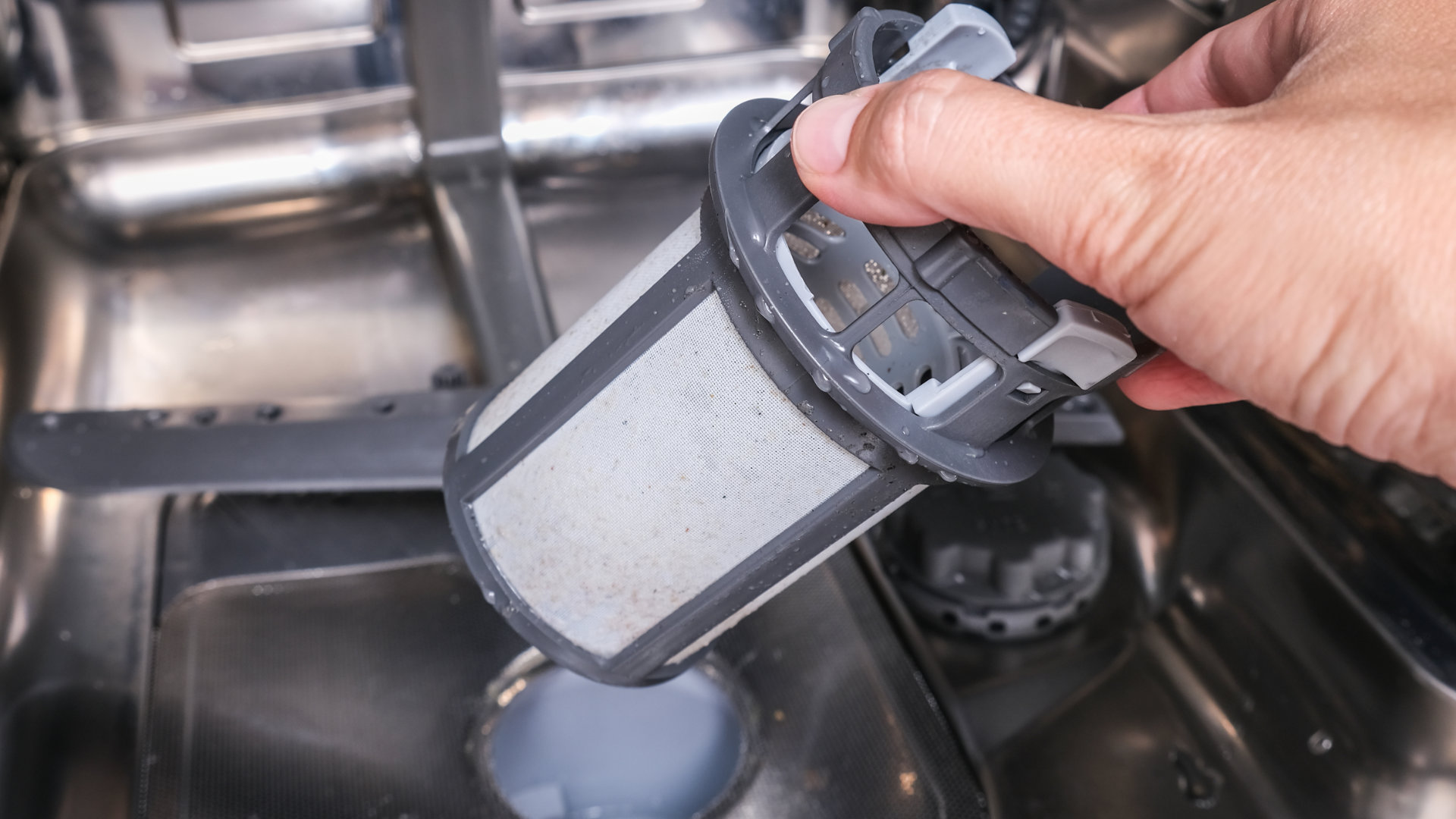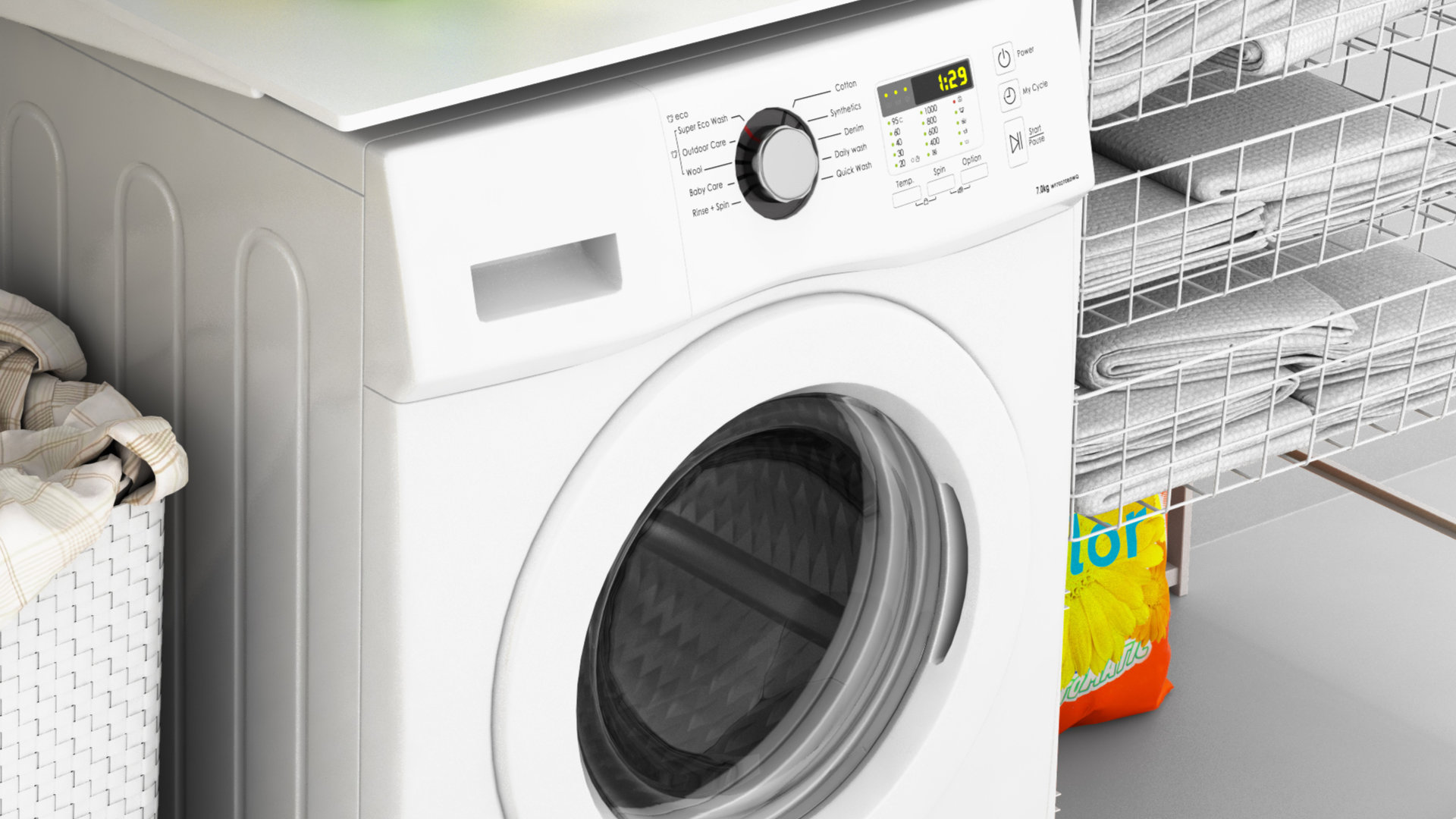
It can be concerning when your GE dishwasher suddenly seems to have no power, especially if there aren’t even any lights showing on the display. However, while you may fear at first that your appliance has died, upon further inspection, there is often a fixable issue that has caused the outage.
This article will help you determine what is causing your GE dishwasher to have no power and no lights. And crucially, we will also show you how to fix the issue where possible.
Common causes of a GE dishwasher not having power or lights
There are several possible reasons why your GE dishwasher has no power or lights, including:
- Door Latch Issues – The dishwasher won’t power on if the door isn’t latching properly.
- Power Supply Issues – Problems with the installation, power cord, fuse or circuit breaker, GFI/GFCI outlet, and wall switch can all cause this issue.
- Safety Features – The Control Lock feature, when activated, will stop the dishwasher from powering on.
- Damaged Components – If the dishwasher’s control board, buttons, or display are damaged, it could cause this issue.
Fixing a GE dishwasher with no power or lights
Now, let’s troubleshoot each of these potential causes so you can hopefully find a solution.
Door latch
Inspect the door and latch to ensure they are functioning correctly and that there is no damage. Also, check that there isn’t something inside the dishwasher blocking it from closing fully. Try opening the door and then closing it again firmly.
If the latch is broken, it will need replacing. If everything appears fine, move on to the next cause.
Power supply
There are a few different things to check related to the power supply for your GE dishwasher.
First, double-check that the dishwasher is plugged into an outlet and that the outlet is working. You can test the outlet by plugging in a different appliance that you know works to test it. If your GE dishwasher plugs into a GFI/GFCI outlet, try pressing the reset button to see if it restores power.
If a wall switch controls your dishwasher, ensure it is switched on. Also, inspect the power cord for any signs of damage or to see if it is loose.
Next, check for a tripped circuit breaker or blown fuse. To do this, locate the fuse panel/circuit breaker box in your home and inspect it. If the fuse appears black or has burned-out filament, it is likely blown and will need replacing with a new one of the correct size. If the circuit breaker has tripped, turn it back on.
If everything appears fine, you can also try resetting the circuit breaker by turning it off, waiting 2 minutes, and then turning it back on again.
Finally, use a multimeter to check the dishwasher is definitely receiving power:
- Unplug your dishwasher from the wall outlet before disassembling it.
- Remove the kick-plate on the front of the dishwasher by unscrewing the screws and sliding it away.
- Locate the junction box near where the power cable enters the dishwasher.
- Turn back on the power to your dishwasher by plugging it in.
- Use a multimeter to test the voltage at the power terminals.
- It should read around 120 volts. If it doesn’t, there could be an issue with your circuit breaker, power cord, or wall outlet.
Safety features
Many GE dishwashers have a Control Lock feature to prevent anyone from accidentally turning on the dishwasher. When this feature is activated, the dishwasher won’t start, and the touchpad will be unresponsive.
To turn off this feature, look for either the “Heated Dry” button with an adjacent lock symbol or the “Lock” button on the touchpad. Some models use the Heated Dry button for locking, whereas others have the Lock button. To deactivate:
- Press and hold the Heated Dry button for 3 seconds until it beeps and the lock symbol light goes off.
- Or, press the Lock button twice until its light goes off.
Damaged components
If you’ve done all the other recommended checks, it could be that your dishwasher’s control board, buttons, or display is damaged, causing it not to power on or light up. To check the control board and user interface panel:
- Unplug your dishwasher for safety.
- Locate the control panel, and use a screwdriver to remove the screws securing it.
- Disconnect the wire harness connected to the control panel.
- Remove the control panel cover by unscrewing the screws holding it in place.
- Inspect the control board for any signs of burns, corrosion, or damage. If damaged, it will need replacing.
- Locate the pins on the circuit board, focusing on the 5 pins on the far left side.
- Use a multimeter to test the voltage by probing the 2nd and 5th pins from the left.
- If the multimeter reads around 14 volts, the control board is okay, but you may still have an issue with the touchpad user interface. If it doesn’t read 14 volts, you will need to replace the control board.
- Examine the user interface panel for damage, including the buttons, touchpad, and display screen. If damaged, it will need replacing.
- Look for any loose connections. Try disconnecting and reconnecting the wire harness of the user interface panel.
- Reassemble your dishwasher and turn back on the power.
- Consider replacing the user interface panel if the buttons, touchpad, and display remain unresponsive.
Summary
Hopefully, these troubleshooting tips have helped you identify what is causing your GE dishwasher to have no power and no lights. If you still have not been able to resolve the issue, we recommend contacting a certified appliance repair technician. Or if your dishwasher is over ten years old, consider whether it’s worth investing in to repair versus buying a replacement.

How to Reset a Whirlpool Refrigerator Ice Maker

6 Reasons Your LG Refrigerator Is Not Making Ice

Kenmore Fridge Ice Maker Not Working? 5 Ways to Fix It

How to Remove Fish Smell from Your Refrigerator

How To Fix Bosch Dishwasher E24 Error

Troubleshooting a Whirlpool Dishwasher Not Draining

Why Is Your Fridge Water Not Working, but Ice Is?

How to Fix the E15 Bosch Dishwasher Error Code

How Much Power Does a Microwave Use?

How to Properly Clean Refrigerator Coils

How to Fix an LG Washer Showing OE Error Code

Troubleshooting a GE Dishwasher with No Power and No Lights

10 Reasons Why Your Bosch Dishwasher Won’t Start

Troubleshooting the F5 Error Code with a Maytag Washer


